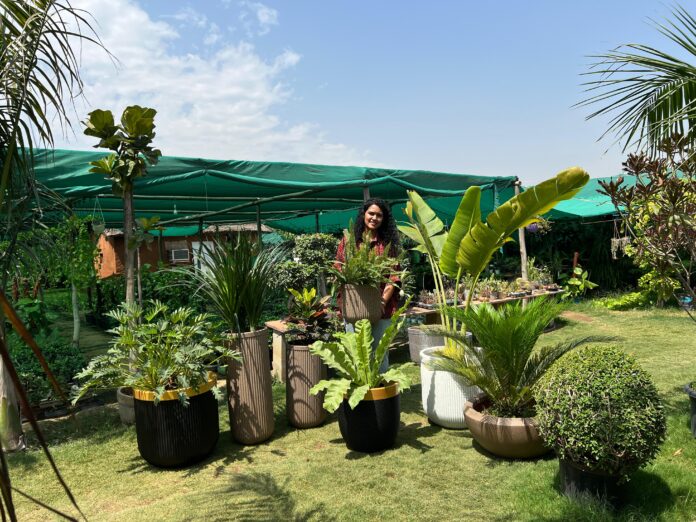The cloud cover and pouring rains are now a common sight in our town as summer passes by. It is clear that the rainy season has been set in — the cool wind, dampness, and low temperatures are all signs of it. Just like humans need umbrellas and raincoats while it is raining, plants too have some conditions for flowering. In this article, we discuss some practical tips to maintain the greenness of your garden during this time of year.
Harvest Rainwater
Plants’ growth is dependent on rainwater because it contains nutrients that are needed by plants. During monsoons, the most appropriate method of nurturing your plants is by using rainwater for watering them. If you have indoor plants, you may collect rainwater for use in watering them. Additionally, if your plants have already had rainwater, then don’t overwater them.

Ensure Good Drainage
The constant problem of waterlogging, which can hinder the growth of your vegetation, accompanies this rainy season. Depending on how serious the situation becomes, the roots may not have sufficient oxygen to respire and therefore end up perishing. To safeguard your flora, it is advisable to put in place an adequate drainage system before the onset of rain. You could also use coco peat, grow bags, and other potting mixes that do not hold water thus ensuring proper drainage.
Mulch Before Monsoon Starts
The soil is safeguarded by putting mulch before the rainy season because it forms a barrier against the rain and soil. Heavy rainfall will not harm your crops since all excess moisture is absorbed in the mulch. When this material gets saturated, it releases water back into the earth little by little. Place this cover on top of the soil at about two to three inches thick before the arrival of monsoon season. Deliver organic matter prior to planting ahead so you can have your garden beds mulched.
Install Garden Fabric To Protect from Heavy Rains
Row covers—also called garden fabric—are thin, transparent, light material pieces protecting plants against harsh weather. It is usually made of polyester and is not absorbent. However, it allows sufficient light and moisture to penetrate. Depending on the usage and quality of the material, row covers can last several seasons.
Pesticides and Insecticides
For these pests that you never wish your plants to meet, monsoon is their favorite season. You should apply premium quality insecticides and natural pesticides such as neem oil every ten to fifteen days in order to prevent pests from infesting your plants. Apply good-quality insecticides and fungicides to drive away bacteria, fungi, and other germs.
Monsoon Trimming
During monsoons, we recommend cutting the lower leaves so as not to get involved in any waterlogged state. Furthermore, during the rainy season, the lower regions of plants are more prone to a fungus infection thus a good pruning session will help avoid any predictions involving pests at all. Also, remove all damaged parts to prevent infection from spreading to the entire plant.
Conclusion
During monsoon, prune your trees well and sprinkle pesticides to prevent the growth of bacteria. Also, ensure that the soil of your garden is porous enough to allow water generation without clogging the root area of your plants. Try harvesting rainwater and ensure adequate drainage to keep your plants healthy during the monsoons.



